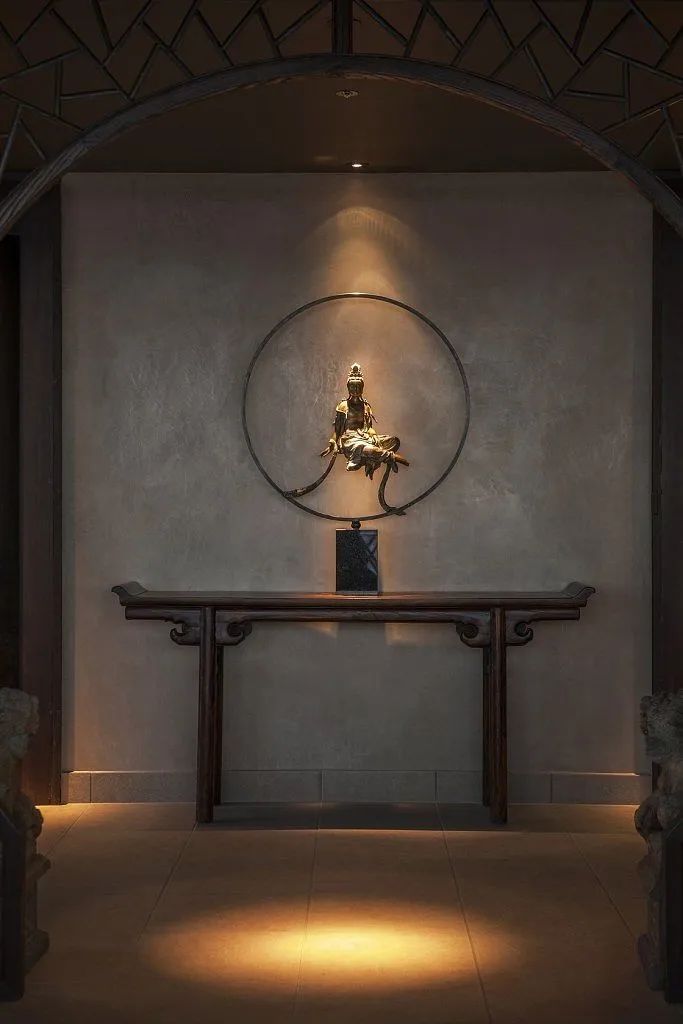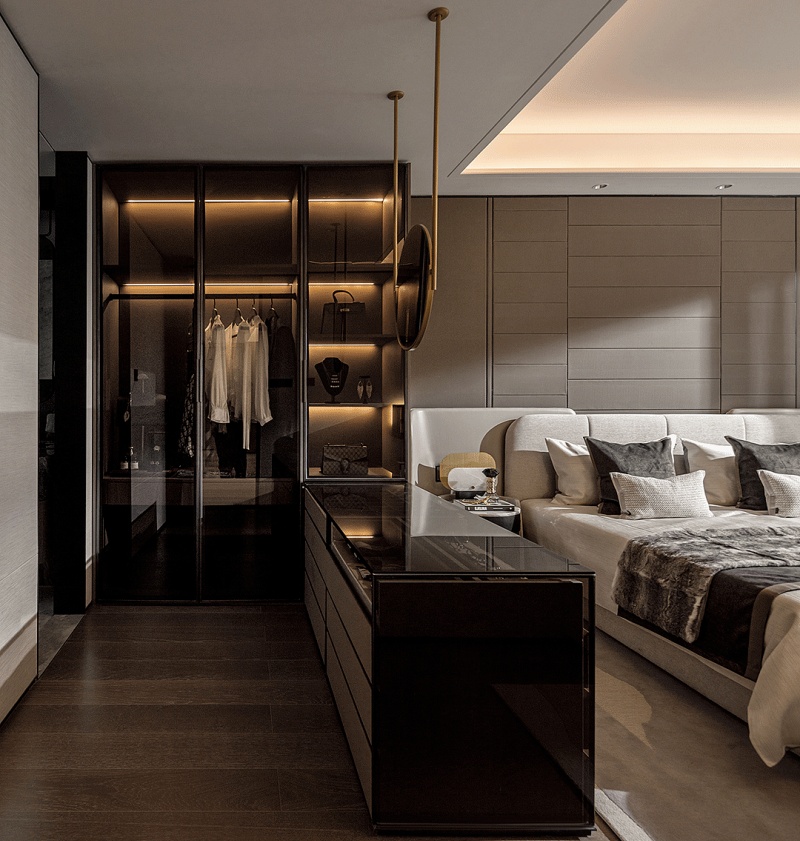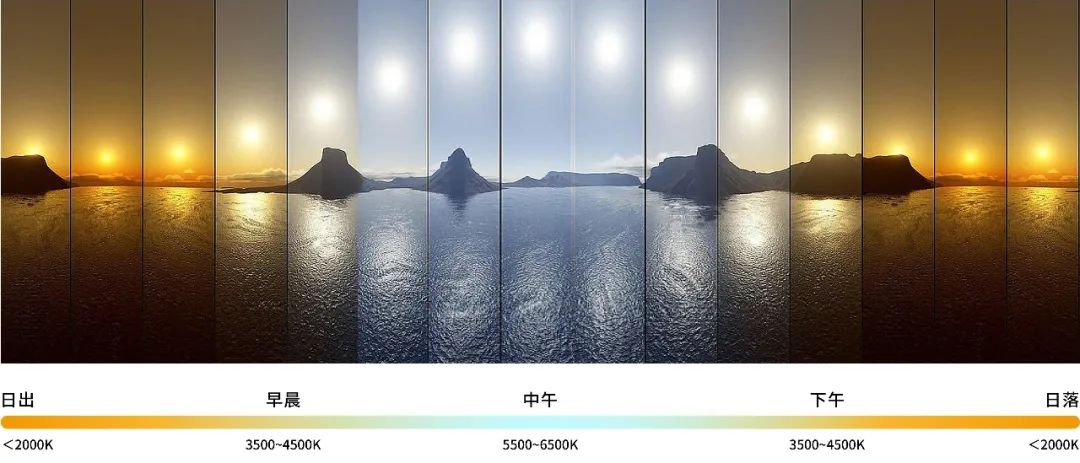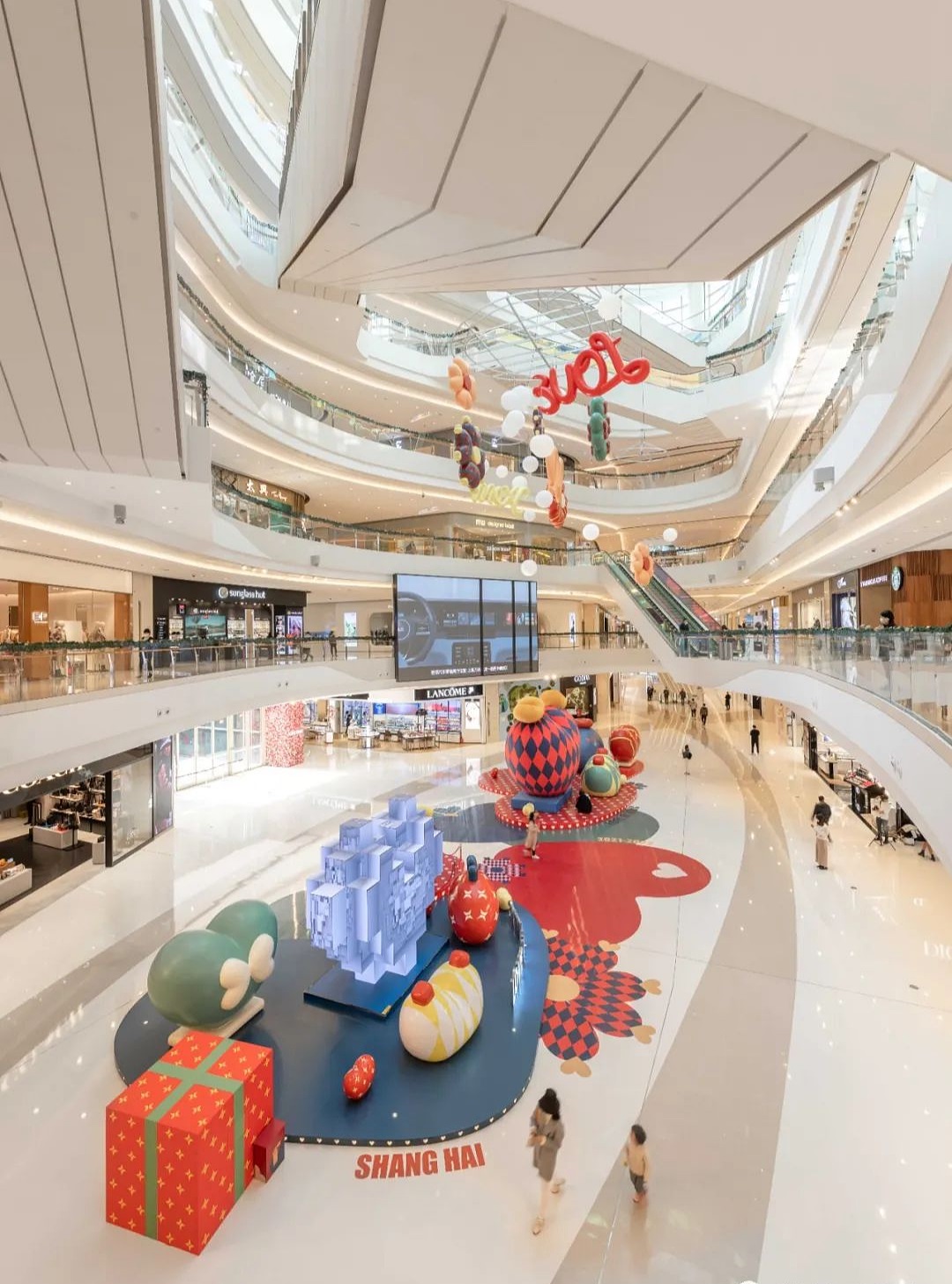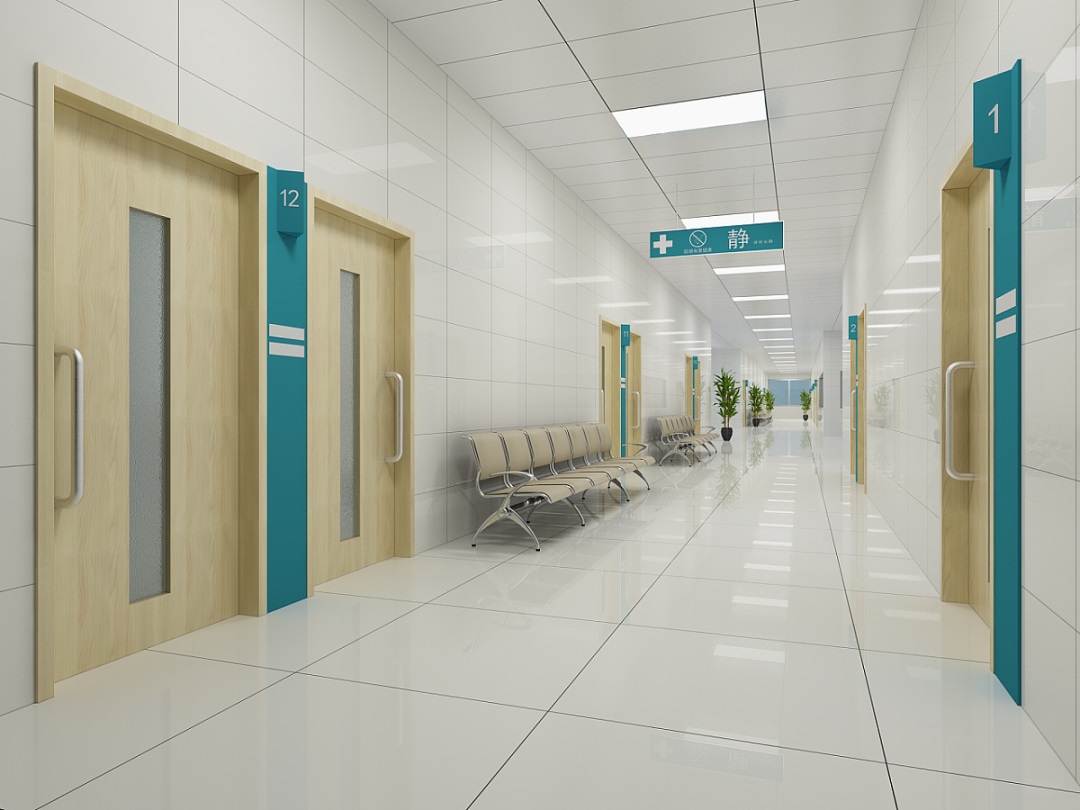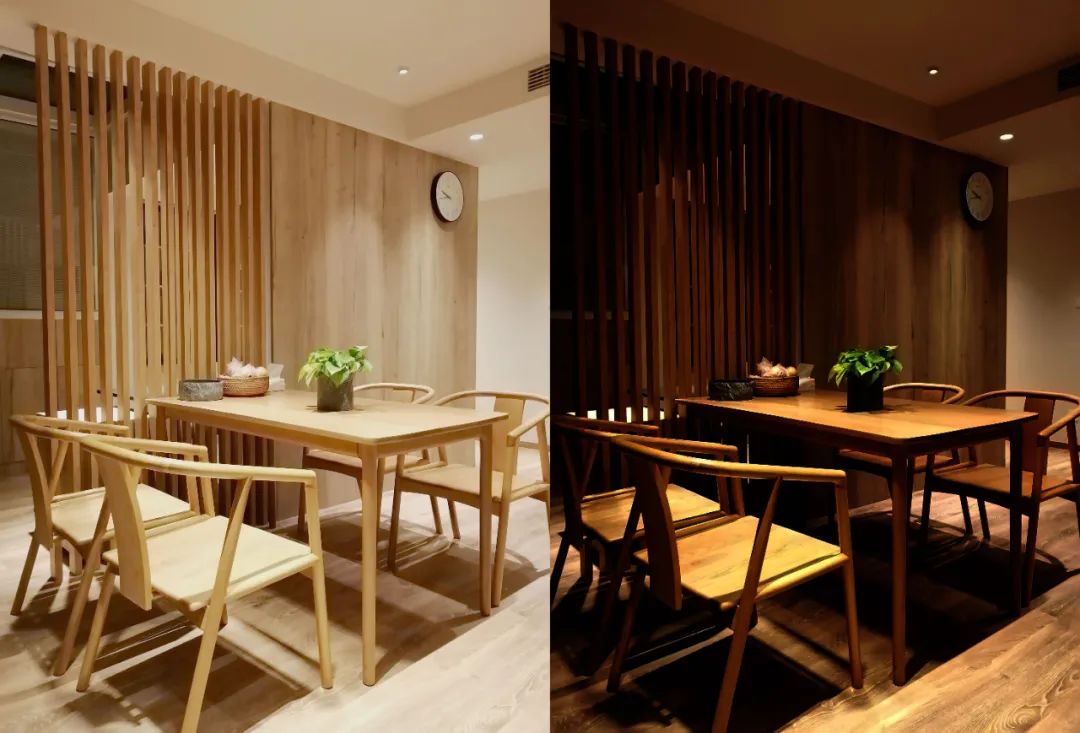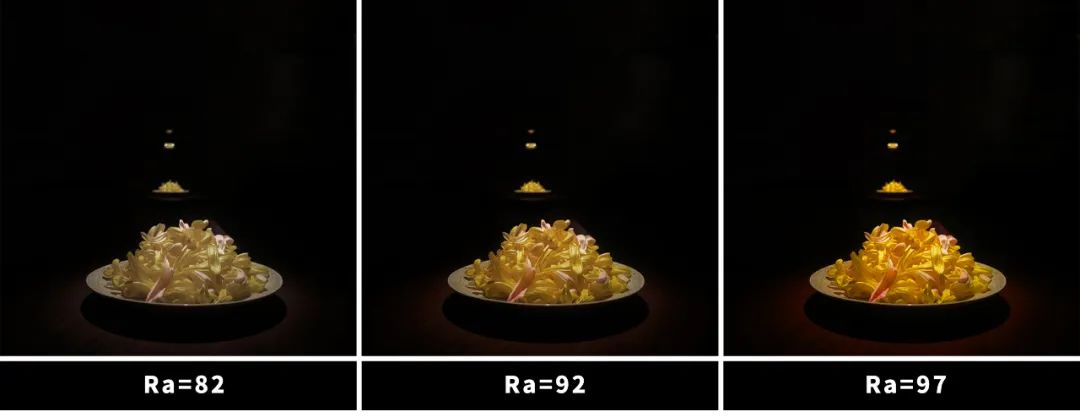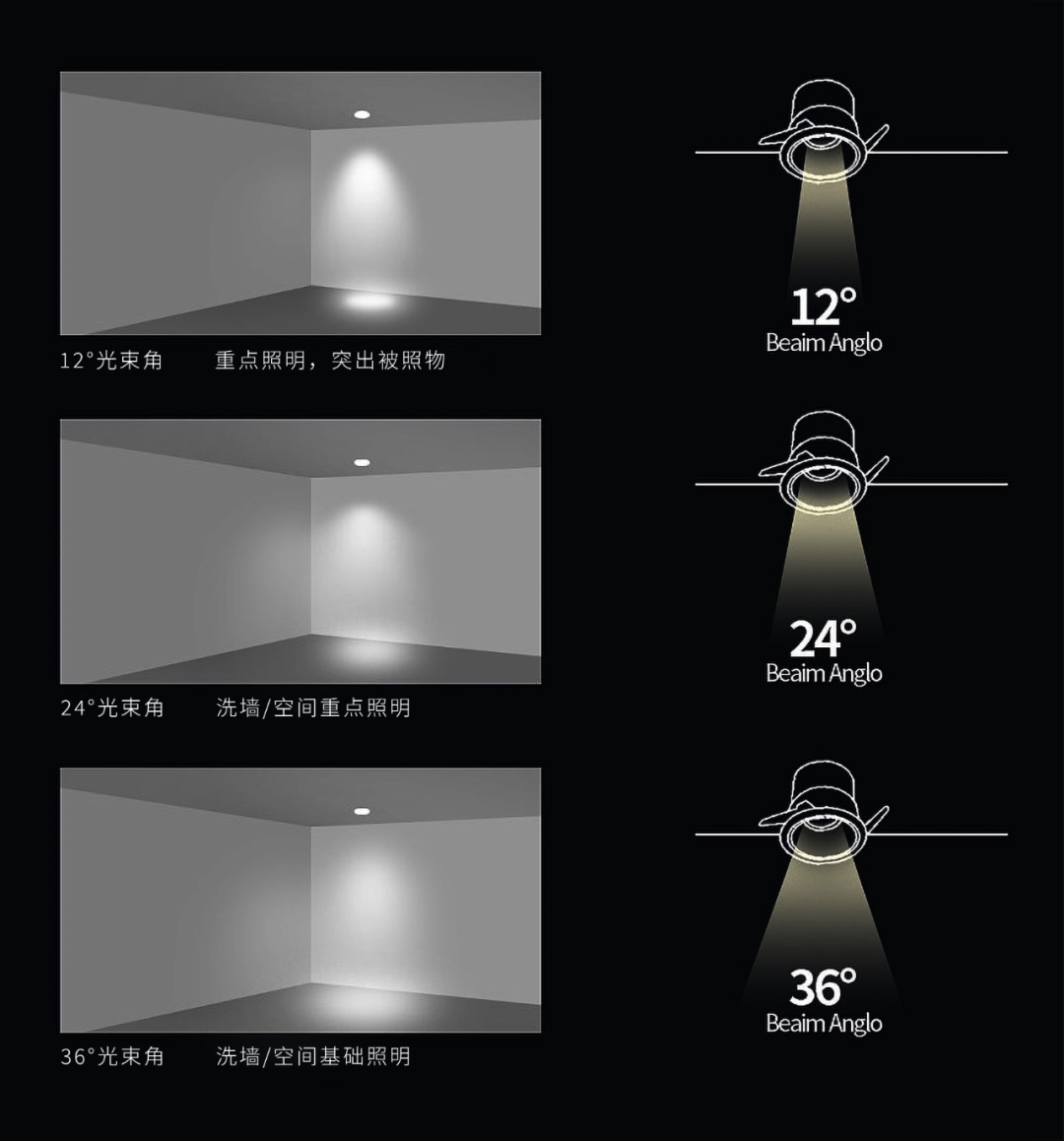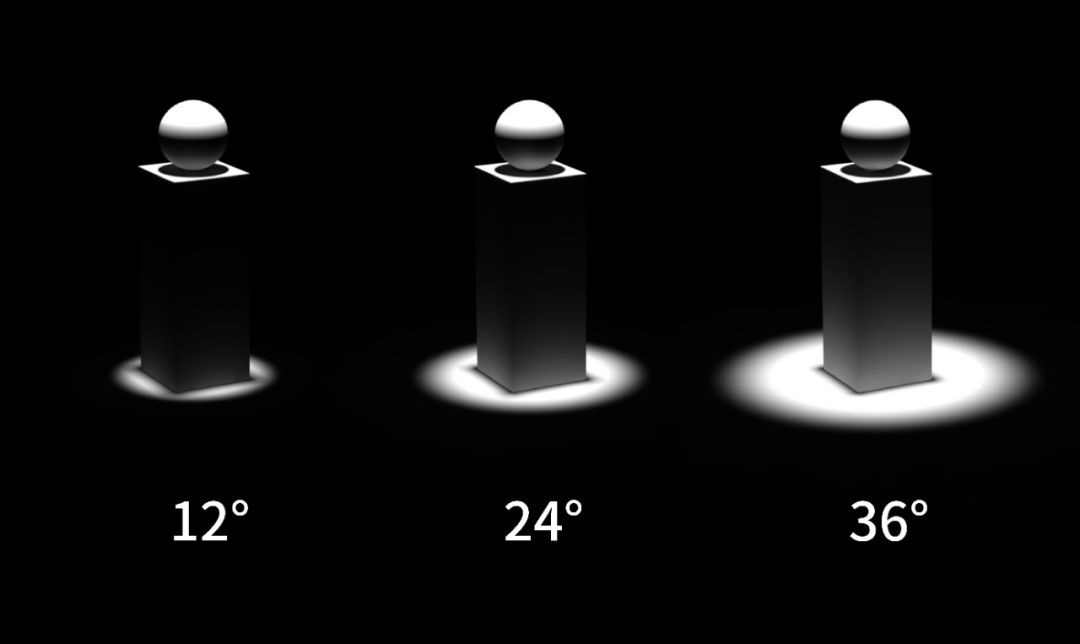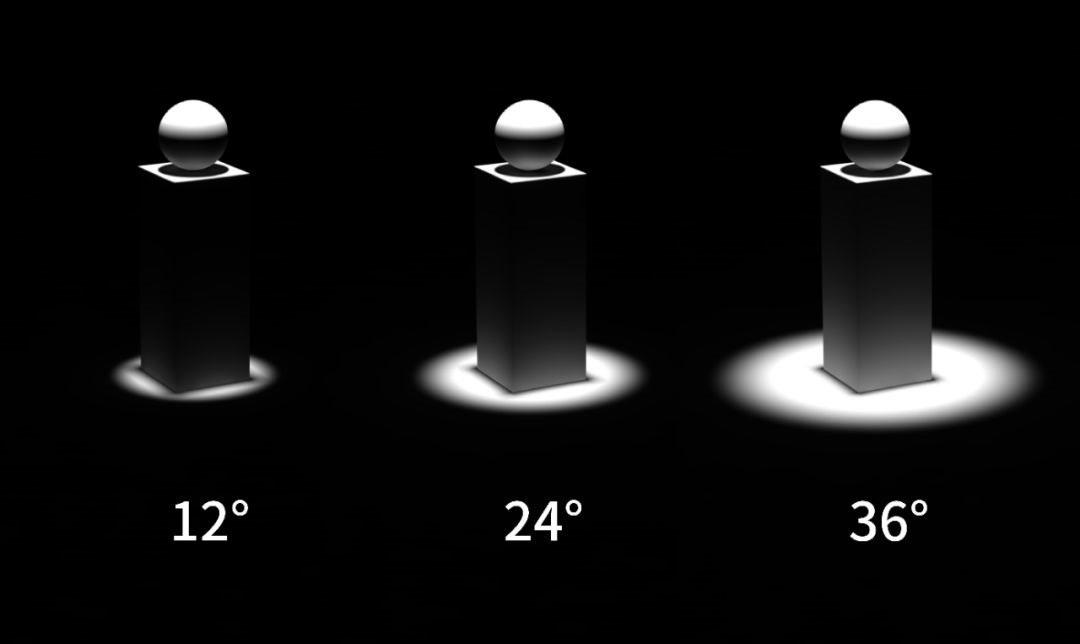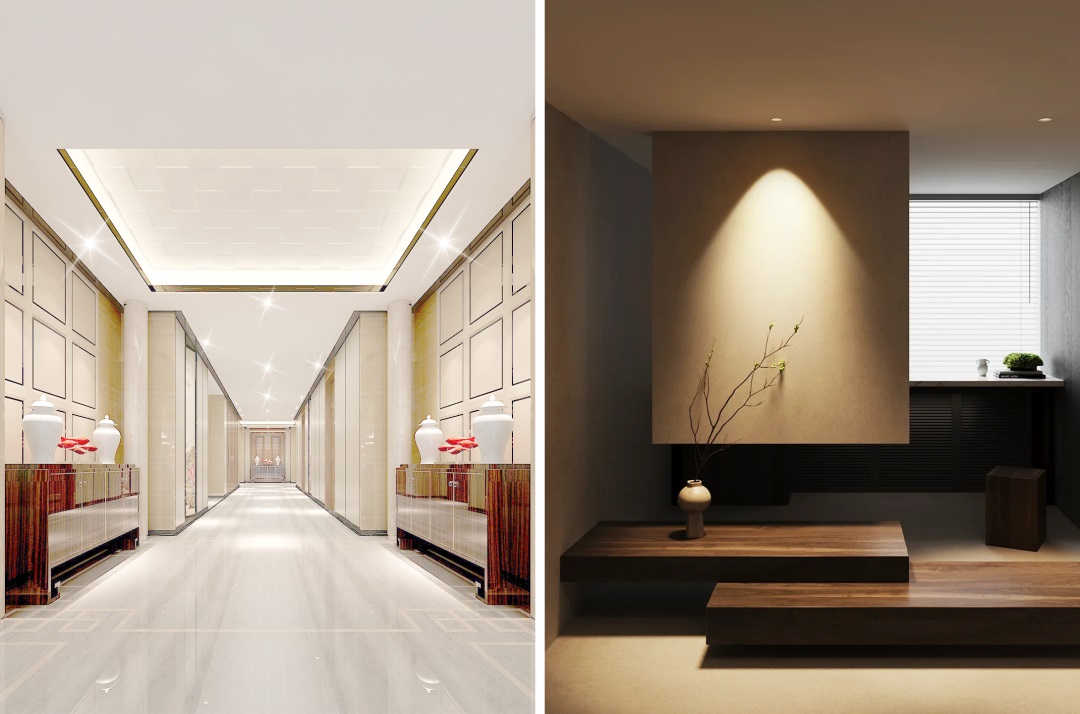What is lighting?
Lighting is a measure to illuminate work and living places or individual objects using various light sources. The use of sun and sky light is called “natural lighting”; the use of artificial light sources is called “artificial lighting”. The primary purpose of lighting is to create good visibility and a comfortable and pleasant environment.
1. Accent lighting
Accent lighting is directional lighting used to emphasize a particular object or to draw attention to a part of the field of view. It is often used to emphasize specific parts of a space or furnishings, such as architectural elements, frames, closets, collectibles, decorative objects and works of art, museum artifacts, and so on. It is mainly used to highlight key exhibits and present the complete image of the exhibits. Focused lighting generally choose to use spotlights or high light effect lamps to irradiate, for different display objects to choose different spotlights, some valuable cultural relics should be avoided to avoid direct light irradiation and ultraviolet, infrared damage.
2. Ambient lighting
The quality of the environment has a direct relationship with the form of lighting and illumination. Environmental lighting refers to the different space and performance methods to make a relative fit on the light source effect, the light source uniformly affects all the objects in the scene, giving full play to the decorative role of lighting facilities and light art expression. This decorative effect is not only manifested in the lamps and lanterns itself on the embellishment and beautification effect, and through the lamps and lanterns and indoor and outdoor decoration structure and color of the organic combination of different lighting compositions and spatial distribution of light, and the formation of different light environment art effect.
What kind of light to use?
Color tone – color temperature
Color temperature is a way of describing the color of light and is expressed in Kelvin (K). Light with a high color temperature is blue and light with a low color temperature is yellow. In lighting design, the choice of color temperature can influence the feel and ambiance of an environment to meet specific needs and emotions. Lower color temperatures help to create a warm and welcoming atmosphere, while higher color temperatures are better suited for spaces that require intense illumination.
Low color temperature (below 3000K)
Warm Tone Lighting: Light sources with low color temperatures usually exhibit warm tones, similar to natural sunsets or candlelight. This type of lighting is suitable for creating a warm, cozy atmosphere and is therefore commonly used in home environments such as bedrooms, dining rooms and living rooms.
Creating a relaxing atmosphere: Low color temperature light helps to relax the body and mind, so it is also suitable for places such as spas, massage parlors and spas to promote a sense of relaxation among guests.
High color temperature (approx. 4000K and above)
Cool Tone Lighting: High color temperature light sources usually present a cool tone, similar to natural day light or sunlight on grass. This type of lighting is suitable for environments that require increased alertness and concentration, such as offices, schools and medical facilities.
Improves visual clarity: High color temperature light enhances the perception of detail and color, so it is often used in places where a high degree of visual accuracy is required, such as laboratories, art studios and operating rooms.
Increase vibrancy: High color temperature light can also be used in commercial locations such as retail stores and exhibition halls to increase the appeal of products and the sense of vibrancy among customers.
Brightness – Luminous Flux & Illumination
Scenario use of lighting luminance should take into account the needs of different environments, including the type of activity, safety, ambience and energy efficiency. Proper selection and design of lighting systems can significantly enhance the experience and effectiveness of a given scene.
Home lighting: Use different color temperatures and brightness levels in living rooms, kitchens and bedrooms to create a warm, functional or comfortable atmosphere.
Commercial Lighting: In retail stores, restaurants and cafes, use lighting to highlight merchandise or create a pleasant atmosphere.
Outdoor Lighting: Choose the right brightness and color temperature to enhance safety and aesthetics in streets, courtyards and gardens.
Office environments: Use evenly distributed lighting in offices to improve employee productivity.
Medical facilities: Select neutral light sources in hospitals and clinics to meet hygiene needs.
1. Color reproduction-indexing Ra/R9
The color rendering index (Ra) is a measure of the color rendered by a light source on an object versus the color rendered by the object itself. Color rendering index is an important indicator of the quality of the light source. The larger the color rendering index of the light source, the more it can show the true color of the illuminated object, that is, the better the color reproduction. The lower the color rendering index, the color of the illuminated object will be distorted, i.e., produce color distortion.
Special color rendering index R9 is the saturated red-like color rendering ability, because LED products generally lack of red light component, the industry generally R9 as an important complement to the general color rendering index Ra, used to describe the light source on the saturated red color reproduction ability. The use of lighting with high color rendering improves the perception of space, while low color rendering affects the ability to distinguish objects and accurately perceive the surrounding environment.
It was found that the general color rendering index, Ra, for LED color rendering was inconsistent with the visual evaluation. LED white light with a lower general color rendering index Ra may not necessarily have poorer color rendering visually, and conversely, LED white light with a higher Ra does not necessarily have better color rendering visually. Therefore, only Ra and R9 at the same time with a higher value to ensure that the LED high color rendering.
2. Shaping of Objects – Beam Angle
In layman’s terms, the beam angle refers to the light source or the angle of the light beam emitted by the luminaire, that is, the beam of a certain intensity range boundaries formed by the angle. Usually, the beam angle on the illuminated surface is more intuitively reflected in the spot and illumination. In the case of other conditions are the same, the larger the beam angle, the smaller the center light intensity, the larger the spot, the smaller the illumination, and vice versa, all the opposite.
In the actual lighting design, different beam angle of the lamp has a different use, can not simply say that the beam angle of large or small is better. For example, when we want to focus on a target object, and the target is far from the lamps, you can choose a small beam angle lamps. But if used for general lighting environment in the basic lighting, you can also choose a large beam angle lamps and lanterns, in order to make the space to get a more uniform light.
3. Comfort in Space – Glare from Luminaires
Glare is bright light that interferes with vision and either produces discomfort or overpowers the visual system. Excessive brightness within the field of view results in annoying, uncomfortable or even loss of visual function. Glare is one of the major causes of visual fatigue.
Three types of glare
1. Reflective glare: reflections from a mirrored or semi-mirrored surface of the object being observed becomes blurred.
2. Direct glare: refers to the observer directly see the light source or a strong reflection of the light source.
3. Incapacitating glare: caused by looking directly at a light source significantly brighter than the surrounding field of view.
Anti-glare treatment
1. Increase the shading angle:such as honeycomb mesh, light-blocking boards, shades, lamps and lanterns deep hidden.
2. Indirect lighting/diffuse reflection:Adjust the irradiation angle, increase the soft sheet and other measures.
3. Improve the uniformity of space illumination, reduce the illuminance ratio.
Post time: Feb-22-2024


